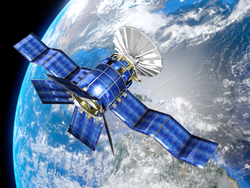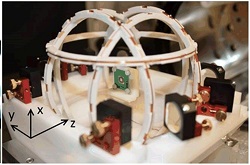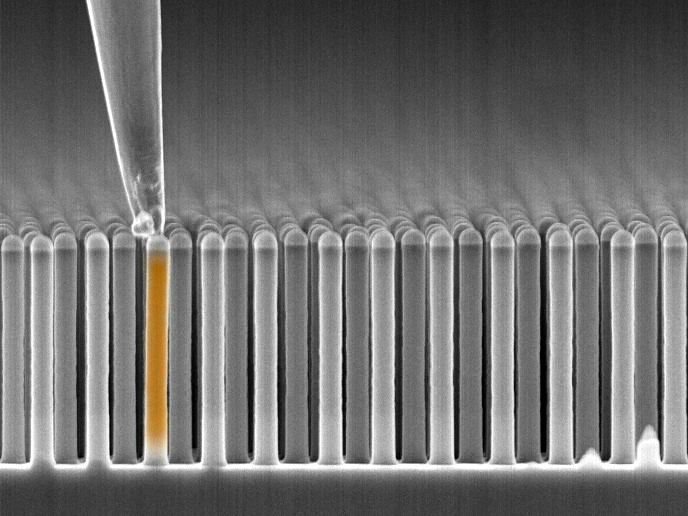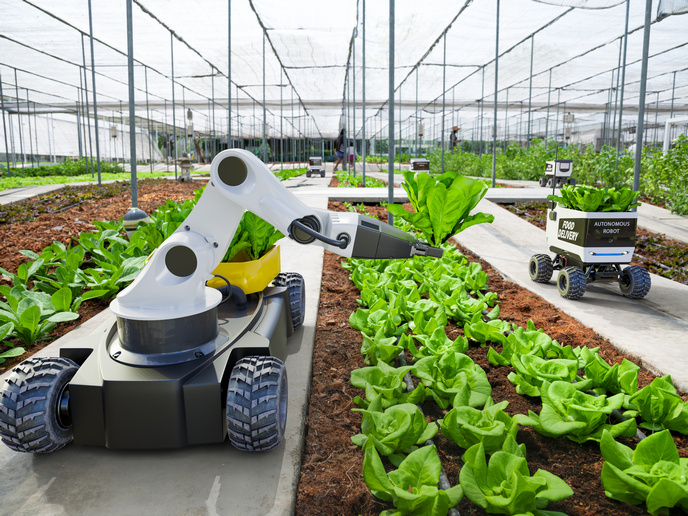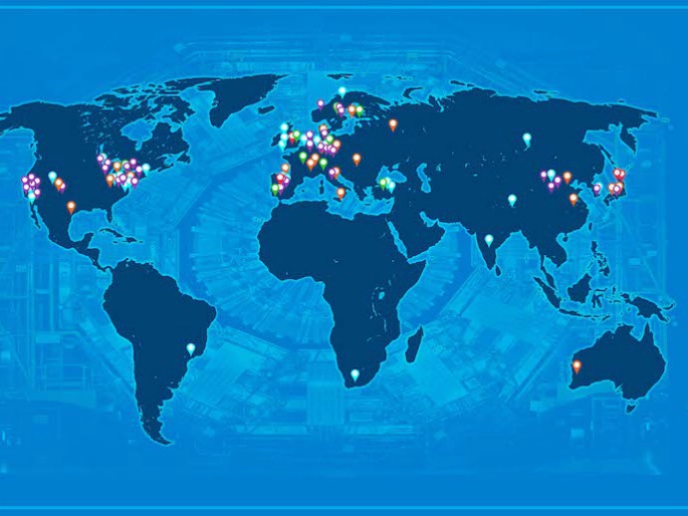Safer orbiting for satellites
The EU is increasingly reliant on strategic space systems for both civil and defence applications. Growing quantities of space debris pose a particular threat to such valuable and expensive instrumentation and structures. Reducing vulnerability encompasses both minimising the probability of collision and minimising the degree of damage in the event of collision. In order to evaluate vulnerability and reduce it, the danger must be quantified. Scientists initiated the EU-funded 'Prediction, protection & reduction of orbital exposure to collision threats' (P2-Rotect) project to develop a definition of vulnerability and a way to calculate it. Vulnerability assessment will then be used to evaluate vulnerability reduction given that one must be able to compare conditions before and after corrective measures. Three European missions (Sentinel-1, GALILEO and Meteostat (MTG) Third Generation) at three different altitudes (Low Earth Orbit, Medium Earth Orbit and Geostationary Orbit, respectively) are being used as case studies. Researchers defined several debris scenarios and analysed them with the Master 2009 software package. They improved collision prediction techniques using rare event simulation and new collision risk indicators. Reducing vulnerability in case of collision involved analysing effects of shielding, improved wall structure, redistribution of critical resources and classification of failure events. Scientists are also evaluating methods to reduce the amount of orbiting space debris. De-orbiting of out-of-service satellites is an important component. During the first reporting period, scientists developed the preliminary version of the Particle Impact Risk and Vulnerability Assessment Tool (PIRAT) to assess the effects of collision with untrackable debris. They are also developing a tool (Colliding Objects Risk for Spacecrafts: Assessment and Induced Reaction (CORSAIR)) to predict the probability of manoeuvre in order to avoid collision with trackable debris. Prototypes have been integrated into a global vulnerability tool (Space Asset Vulnerability to the Effects of Space Population Avoidance and Collision Evaluator (SAVESPACE)). P2-Rotect tools and techniques are expected to have important impact on the safety of EU space assets by reducing both the probability of collision with space debris as well as damage in the event of a collision.



